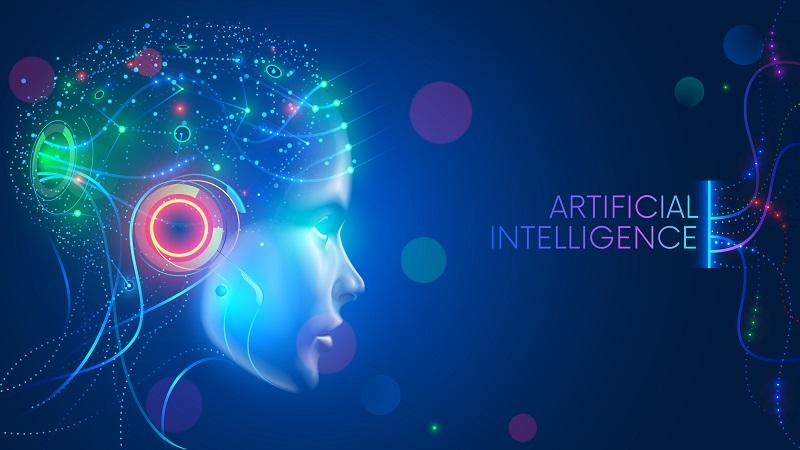A breakdown of each difference between AI and machine learning
| March 23, 2020

Companies are using artificial intelligence and machine learning more and more, finding new and innovative ways to help their team members, clients and customers. Though AI and machine learning are similar, there are a lot of key differences between the two. Here are some of the main contrasts and how they affect your projects.
What is machine learning?
Machine learning is a system in which a computer uses different algorithms and data to perform tasks. Machine learning is a way for computers to accomplish different things without specific, detailed programming to instruct them. Essentially, machine learning is where computers take available data and use it to learn for themselves.
One helpful way to remember machine learning is to think of an experiment where a mouse has to push one of three buttons. The first two buttons deliver a small shock. The third dispenses a piece of cheese. The mouse will learn quickly based on its past performance where the cheese is. This is a good way to think of machine learning. It’s sifting through data and past experiences before it acts, determining where that cheese will be in the future and correcting itself. The scientists (or in this case, computer programmers) haven’t given the mouse (machine) instructions. It simply learns on its own.

What is artificial intelligence?
At its core, artificial intelligence (AI) is when a machine performs a task that would, to a human, require some form of intelligence to do. On top of this, AI involves the ability to adapt on its own as well. Currently, the most common types of artificial intelligence we encounter are fairly limited. This helps a machine be sufficient within one area without too many processes. We also discover many AI systems built to behave human-like. However, these are bound to expand as the field develops.
One example to help you remember AI is by thinking of the common machine-voice assistants on smartphones and other devices. These artificial forms of intelligence behave very human-like, performing basic social tasks in an attempt to assist users in a way that a real human would. They understand language and deliver personalized results, learning new things about their users as time progresses.

Main differences between AI and machine learning
Now that we have built a foundation for the concepts of artificial intelligence and machine learning, here are some key differences to help you tell them apart:
Problem-solving methodology
When an AI tool attempts to solve some sort of problem or complicated issue, it does so by using ‘intelligence’ to find an answer. Machine learning, on the other hand, takes a very focused, specific approach to arrive at an answer, using previous information and data to come to a conclusion.
Varying solutions and conclusions
When arriving and settling on a specific answer to a system of problems, AI tools attempt to find the best, most efficient method. Machine learning simply finds a solution, taking a binary approach of ‘right’ or ‘wrong’ to find an answer.
The ways in which they learn and decide
The AI systems lean towards making new decisions for each situation. Machine learning takes data to come up with answers. Essentially, the AI programs treat every problem differently and take a fresh approach. Machine learning simply learns what works so that it doesn’t have to process as much in the future.

Which one is more beneficial to your company?
Though these terms are very similar and overlap in some ways, they’re not exactly equal. In fact, it’s likely that you’ll prefer one over the other depending on the types of tasks you wish your machines to accomplish. If you have a lot of data that needs to be sorted or organized in a certain fashion, there are a lot of different artificial intelligence tools to help you out.
AI in digital marketing has become a reality that is here to stay for the time being. A common tool businesses are starting to use is a digital chatbot. These are a way to give customers better access to information, offering a 24/7 question and answer solution that is difficult to offer using humans. Artificial intelligence offers a way for chatbots to be as human-behaving as possible, something that is required in order to answer human questions correctly and without frustrating customers.
There are a lot of new innovations taking place in the AI and machine learning landscape. If companies are paying attention to these unique changes and how they differ for each method, they can capitalize and use them to their advantage.
